Congratulations! You’ve decided to take the leap, make the jump, explore new territory, boldly go where no man has gone before…. Well, maybe not that last one, since the State of California is quite popular and draws thousands (if not millions) of residents to its fair shores and deserts and mountains. But say you’ve decided to move to Golden State, yes? And say you’ve got a car/truck/SUV you want to bring with you, yes? We’re sure there are a lot of details, moving parts, (get it, moving?!) cogs in the machine of becoming a resident in another state.
Use eTags© to Quickly Complete Your DMV Service. Renewals, Title Transfers and More, All Online!
And we’d like to think that registering your vehicle should be the least of your worries.
So, in order to make this transition smoother for you, we’ve decided to put together a helpful list of steps to assist you in the process of registering your out-of-state/non-resident vehicle in California. Because we know that everyone looooves a good Q & A, right? Here goes:
Q: Can I register any non-resident vehicle in California?
A: It depends. In general, yes. But there is a set of exceptions, which can be found here.

It is important to note that unless the vehicle was originally manufactured to emission standards mandated in CA or the owner or vehicle qualifies for an exemption, California law does not allow California residents or businesses to import or register a motor vehicle which is less than 2 years old and has less than 7,500 miles on the odometer at the time of purchase, trade, or acquisition.
Q: If my non-resident vehicle does qualify for registration in CA, what is the first step?
A: The first thing to do is acquire an Application for Title or Registration (Reg 343) form, which must be completed and signed by any and all people listed on the out-of-state registration or title. For vehicles that are leased, the lessor must sign this form.
Q: My Form Reg 343 is complete. Now what?
A: Make sure to have your out-of-state title on hand. If you do not hand over your title, your California registration card will be marked “non-transferable” and you will not receive a California Certificate of Title.
If you’ve lost your title, it’s a good idea to reach out to your last state of residence and request a duplicate/replacement title. This way you can ensure that you are given a new California title along with your new registration.
Q: Do I need to present my out-of-state registration?
A: Yes. You will need to supply the current registration certificate or current year renewal notice from the last jurisdiction in which the vehicle was registered. This document must reflect the current vehicle owner(s) name(s) as well as the current registration expiration date.

Q: Do I need to complete a VIN check or something similar?
A: Yes, indeed. You will need to provide the Verification of a Vehicle form. This form must be filled out by an authorized DMV employee, law enforcement officer, or a California-license vehicle verifier.
Q: What about an emissions test? Is this required?
A: Absolutely. CA has very strict laws regarding emissions testing, and your vehicle must undergo and pass a Smog Check in order for it to be registered. The following vehicles are included in this requirement:
- Gasoline-powered 1976 and newer year models (motorcycles are exempt).
- Diesel-powered 1998 and newer year models with a gross vehicle weight rating (GVWR) under 14,001 pounds (diesel hybrids included).
- Natural gas or propane-powered with a GVWR under 14,001 pounds.
Q: What do I do with my out-of-state license plate?
A: You make keep your old plate (for nostalgia) if:
- It is expired
- Required to be returned to be returned to the DMV of your previous residence
- If it is registered in multiple states
In all other cases, you will be required to obtain a California license plate for your vehicle.
Q: What else might I need to know about registering a non-resident vehicle in CA?
A: It is important to note that the state of California requires newcomers to obtain a CA driver’s license within ten days of establishing residency.
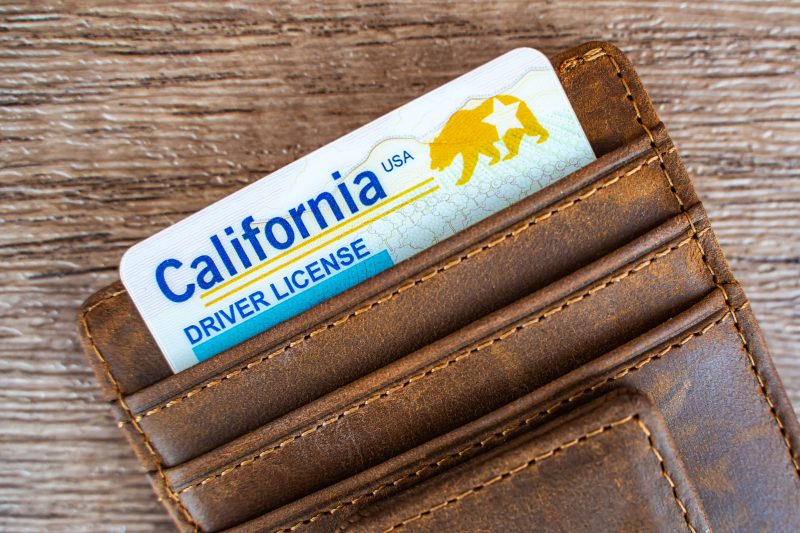
Q: What do I need in order to obtain a CA driver’s license?
A: You will need:
- Proof of identity: an original or certified document from a county, state, federal, or foreign agency that lists your birth date, true full name, and identity. A passport or birth certificate are preferred.
- If your name has changed from what is listed on this official document, you will need to provide proof of the change, such as a marriage/divorce certificate or legal name change.
- Social security card
- Residency document, such as a lease and/or employment documents
You may also need to pass both a knowledge test as well as a driving test to obtain your California driver’s license. For a full list of requirements, you can visit the CA DMV site.
Q: What else might I need to know about vehicle in’s and out’s into the state of California?
A: Well, at eTags.com we offer a number of different services for vehicles (and their drivers) that allow you to skip the line and the wait of the DMV. For assistance with renewing registration, replacing a lost/damaged plate or sticker, transferring your title, or replacing a lost title, we’ve got you.
Our dedicated team of California tag and title experts, along with a crew of fabulous customer care specialists are at your disposal (via phone, test, and email) five days a week, eight hours per day. Because for all things vehicle-related, we’re here to help!
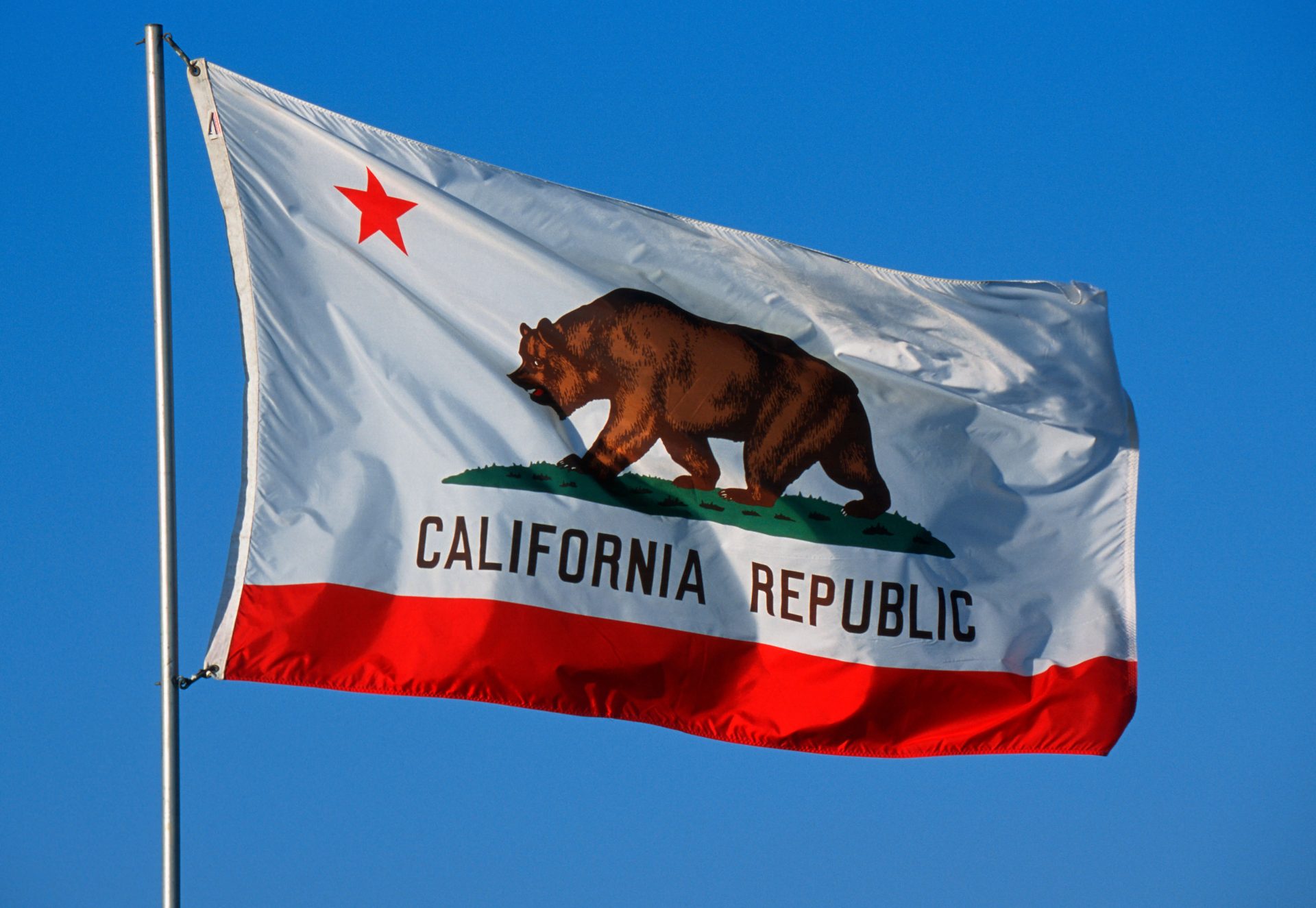
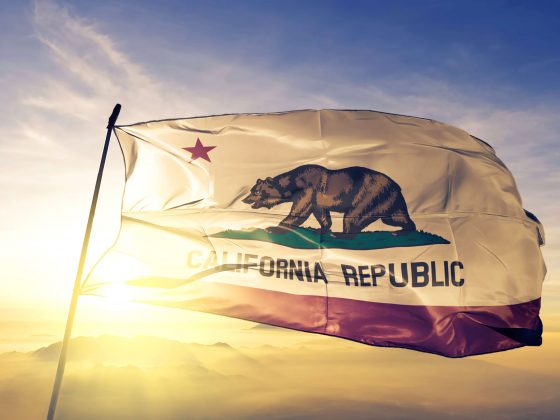
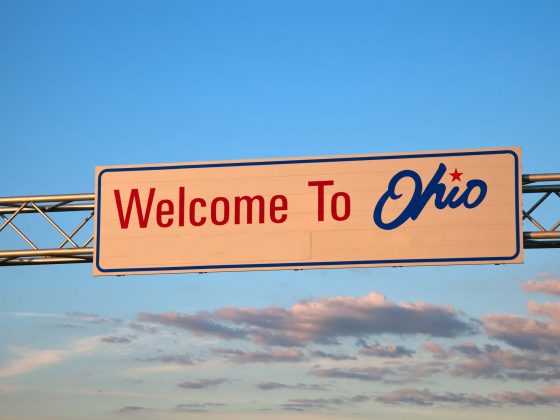
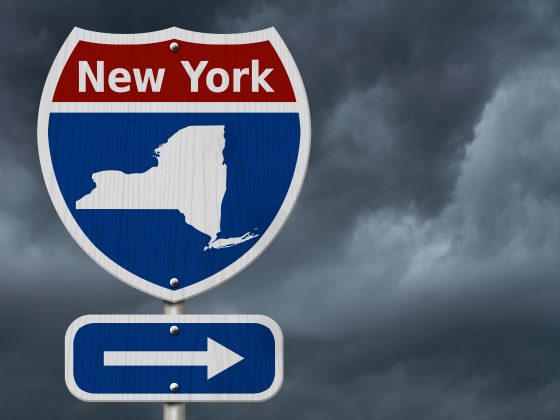


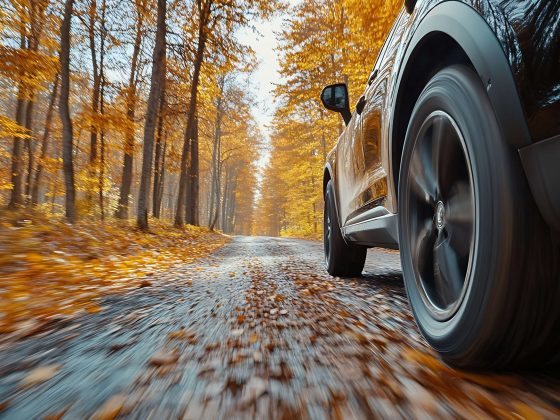


2 comments
I bought a new ford electric truck from Utah. They sent the title and a check for sales tax to the Laguna Hills dmv office. How can I make a appointment to come in to the office to receive my license plates and registration? Thanks
Visit the CA DMV appointment page, find the Laguna office, and schedule a time. If possible, contact the office before the appointment to confirm that they received the title and check. Make sure to bring any paperwork you were provided when you bought the vehicle (bill of sale, etc).